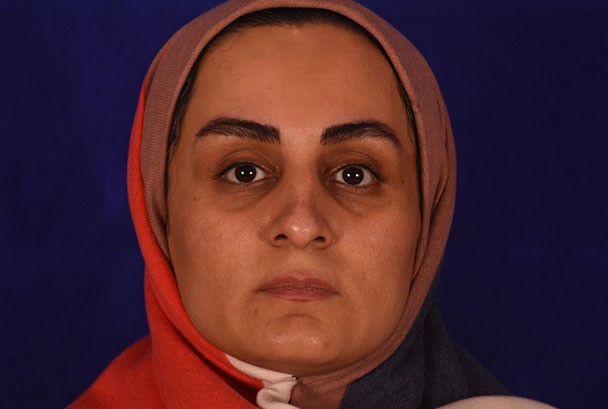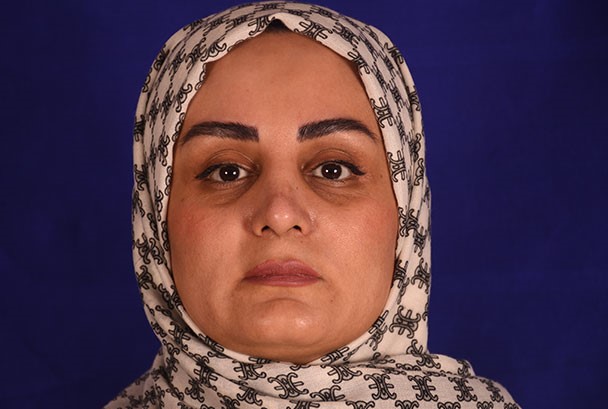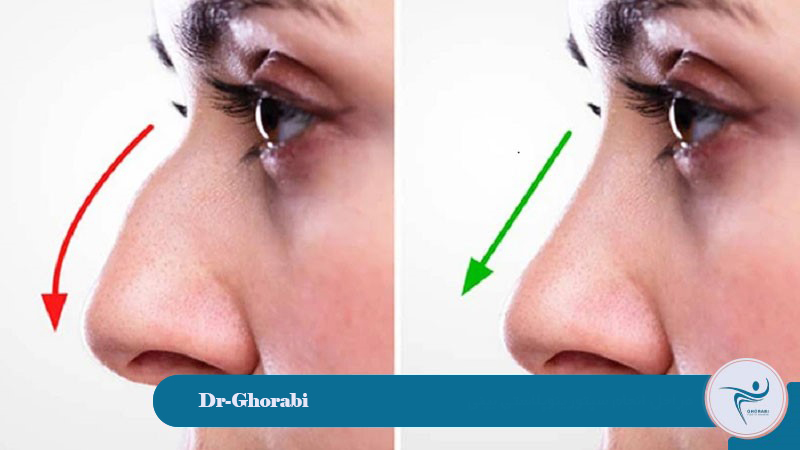Septorhinoplasty is a combined surgical procedure to simultaneously treat breathing and cosmetic problems of the nose. This method includes septoplasty (to correct a deviated nasal septum) and rhinoplasty (to improve the appearance of the nose).
Septoplasty is performed solely to treat a deviated nasal septum. This deviation may cause nasal congestion, bleeding, facial pain, snoring, or breathing difficulties. This procedure does not change the appearance of the nose.
Rhinoplasty is cosmetic nasal surgery that improves the appearance and shape of the nose and may be combined with other therapeutic surgeries. In septorhinoplasty, both the shape of the nose is corrected and internal problems such as deviated septum and respiratory disorders are resolved. This surgery is suitable for people who suffer from both respiratory problems and seek to improve the appearance of their nose.
Stages of Septorhinoplasty
Septoplasty is an invasive therapeutic procedure performed to correct a deviated nasal septum and, like other nose surgeries, requires anesthesia. The stages of septorhinoplasty are as follows:
- Anesthesia: Septoplasty can be performed with local anesthesia or general anesthesia. The choice of anesthesia depends on the individual’s condition and the doctor’s diagnosis, but general anesthesia is usually preferred because it is easier for both the patient and the surgeon.
- Creating a surgical incision: At the beginning of the surgery, the surgeon makes a small incision inside or under the nose and moves the skin and soft tissue aside to access the nasal septum structure.
- Correcting the deviated nasal septum: In this step, the surgeon returns the nasal septum to its correct position and makes the necessary corrections to improve airflow and respiratory function. The duration of this stage and its complexity depend on the degree of deviation.
- Reshaping and repair: In this stage, the bony and cartilaginous structure of the nose is corrected and takes on a new shape. This process may involve removing parts of the bone, strengthening weak parts, correcting deviations, and reconstructing the central column of the nose.
- Suturing and stabilizing the nose: After making the necessary changes, the skin is returned to its original place and the incised areas are sutured. Then, using a cast and splint, the nose is stabilized so that the bony structure fuses and takes shape in the correct position.
In summary, septorhinoplasty is performed in precise stages to repair and stabilize the nasal structure, aiming to improve respiratory function along with correcting the appearance of the nose.
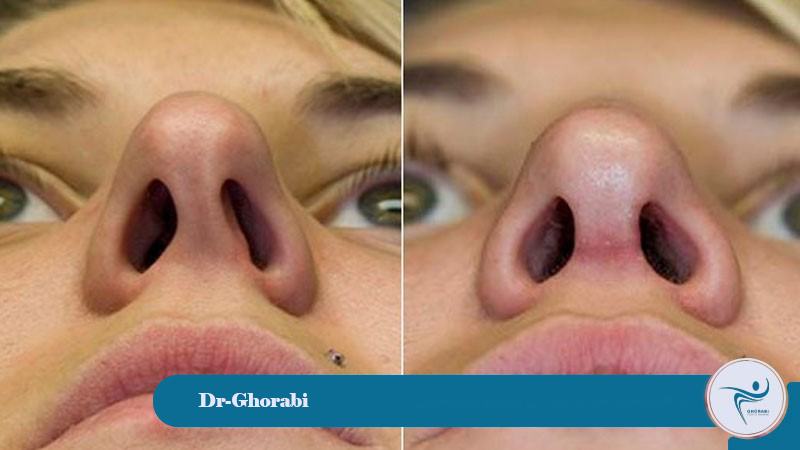
Suitable Candidates for Septorhinoplasty
Individuals who are in good general health can undergo this surgery after consulting a specialist. Determining the suitability of an individual for this procedure depends on specialist examinations by a physician. Generally, those who are in one of the following conditions may be suitable candidates for septorhinoplasty:
- Experiencing breathing problems during sleep or wakefulness
- The presence of a deviated nose along with a deformity in its appearance
- Deformity of the nose due to trauma or diseases such as chronic sinusitis
For an accurate diagnosis and to choose the best treatment method, consulting a top cosmetic surgeon in Tehran is essential so that complete examinations are performed and an appropriate decision is made.
Preparations Before Septorhinoplasty
Before septorhinoplasty and for better preparation, it is important to carefully follow medical advice and recommendations. In this section, we have mentioned some important actions that should be taken before surgery:
- Before surgery, schedule a consultation with your specialist and ask them to explain the overall surgical and treatment process. During the consultation, discuss your goals, concerns, and medical history, and be honest about any medications, allergies, or past surgeries.
- Stop smoking 4 weeks before surgery and for 4 weeks after surgery. This helps to accelerate the healing process and reduce surgical risks.
- Review your current medications with the surgeon. Some medications, such as blood thinners (aspirin, ibuprofen, and vitamin E) or some herbal supplements, may need to be temporarily discontinued before surgery as they increase the risk of bleeding during surgery.
- Maintain a balanced diet and stay hydrated. Proper nutrition helps the healing process. Use foods rich in vitamins and minerals to strengthen your immune system.
These points should be considered before any type of nasal surgery such as large fleshy nose surgery or bony nose surgery. These measures will help you create the best conditions for surgery and recovery and achieve satisfactory results.
Post-Septorhinoplasty Care
To reduce bleeding and swelling after surgery, some important actions that should be taken are as follows:
- Keep your head elevated while resting and sleeping. You can use one or more extra pillows for this.
- Avoid breathing through your nose for a few days.
- Wear button-down or loose-collared clothing to avoid damaging your nose when putting on or changing clothes.
- Avoid strenuous physical activity and exercise until full recovery.
- Use cold compresses to reduce swelling and bruising.
Keep in mind that these points should be followed for natural bony nose surgery, fleshy or reconstructive nose surgery. Your nose needs 3 to 6 months for complete healing, and it may take up to a year for the changes to fully stabilize. In some cases, swelling may last up to a year; therefore, you should wait about a year to see the final results.
Patient Testimonials
Advantages of Septorhinoplasty or Deviated Septum Surgery with Cosmetic Enhancement
The advantages of septorhinoplasty are not limited to the beauty of the nose and correction of defects. Easy breathing, correction of septal deviation, nostril symmetry, and treatment of general nasal problems are among the most important advantages of septorhinoplasty. Generally, the advantages of this procedure are as follows:
- Change in the appearance and size of the nose
- Change in the shape of the nose
- Correction of cosmetic defects of the nose
- Removal of a hump and nasal droop, achieving a natural nose and without defects
- Treatment of problems caused by a deviated septum
- Correction of deviated nasal septum
- Making the nasal cavities symmetrical
- Eliminating breathing problems caused by a deviated septum
In fact, by performing this procedure, you will eliminate both the cosmetic problems of the nose and the respiratory problems.
Complications of Septorhinoplasty
Septorhinoplasty, like reconstructive nose surgery, bony or fleshy nose surgery, may be associated with some complications. Most of these complications are temporary and gradually disappear with proper care and the passage of the recovery period. Bruising, swelling, and minor bleeding are common problems after this surgery, which most people experience. These complications are usually transient and improve over time with proper care. Some possible complications of septorhinoplasty include:
- Pain, bruising, and swelling
- Risk of post-operative infection
- Post-operative nasal bleeding
- Hematoma or blood accumulation under the skin
- Possible asymmetry in the nose
- Remaining scar
- Allergic reactions to anesthetic drugs
This type of surgery requires high skill and expertise, and if performed by a skilled surgeon, serious complications rarely occur.
Septorhinoplasty; Improvement of Respiratory and Cosmetic Problems of the Nose
Septorhinoplasty is a combined surgical procedure aimed at improving respiratory function and correcting the appearance of the nose. This procedure includes two main parts, septoplasty (to correct a deviated nasal septum) and rhinoplasty (to correct the shape of the nose). During this surgery, in addition to correcting respiratory problems such as nasal congestion and structural problems, cosmetic changes to the nose are also made. Septorhinoplasty helps people who suffer from respiratory problems caused by a deviated nasal septum or cosmetic problems of the nose to improve respiratory function and correct the appearance of the nose to a more natural and symmetrical shape. This surgery, with pre-operative precautions and post-operative care, will lead to satisfactory results, and in most cases, its complications are temporary and manageable.
We recommend that before performing any type of closed or open rhinoplasty consult with an experienced plastic surgeon and perform the necessary tests. In this way, the doctor will determine whether you are a suitable candidate for the desired procedure. Dr. Gholamhossein Ghorabi, a subspecialist in cosmetic and reconstructive surgery, with his experience and skill, can suggest the best method to improve the appearance and function of your nose. Contact the clinic for a consultation.
About DR. Ghorabi
Get to know/Meet Dr. Ghorabi.
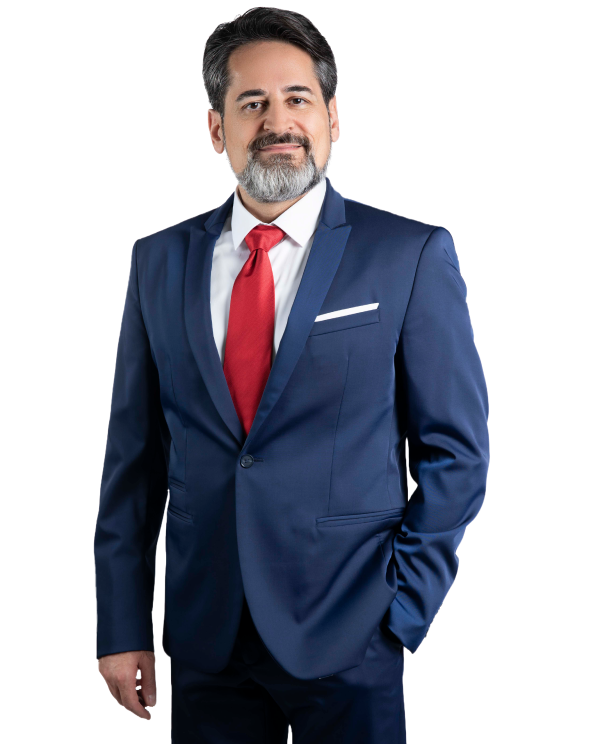
About DR. Ghorabi
Get to know/Meet Dr. Ghorabi.
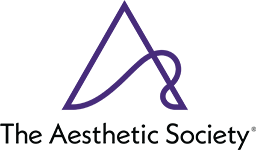
Fellow of the American Academy of Facial Plastic and Reconstructive Surgery (AAFPRS) or a similar organization such as the American Society of Plastic Surgeons (ASPS).

Official member of the International Society of Plastic and Aesthetic Surgeons
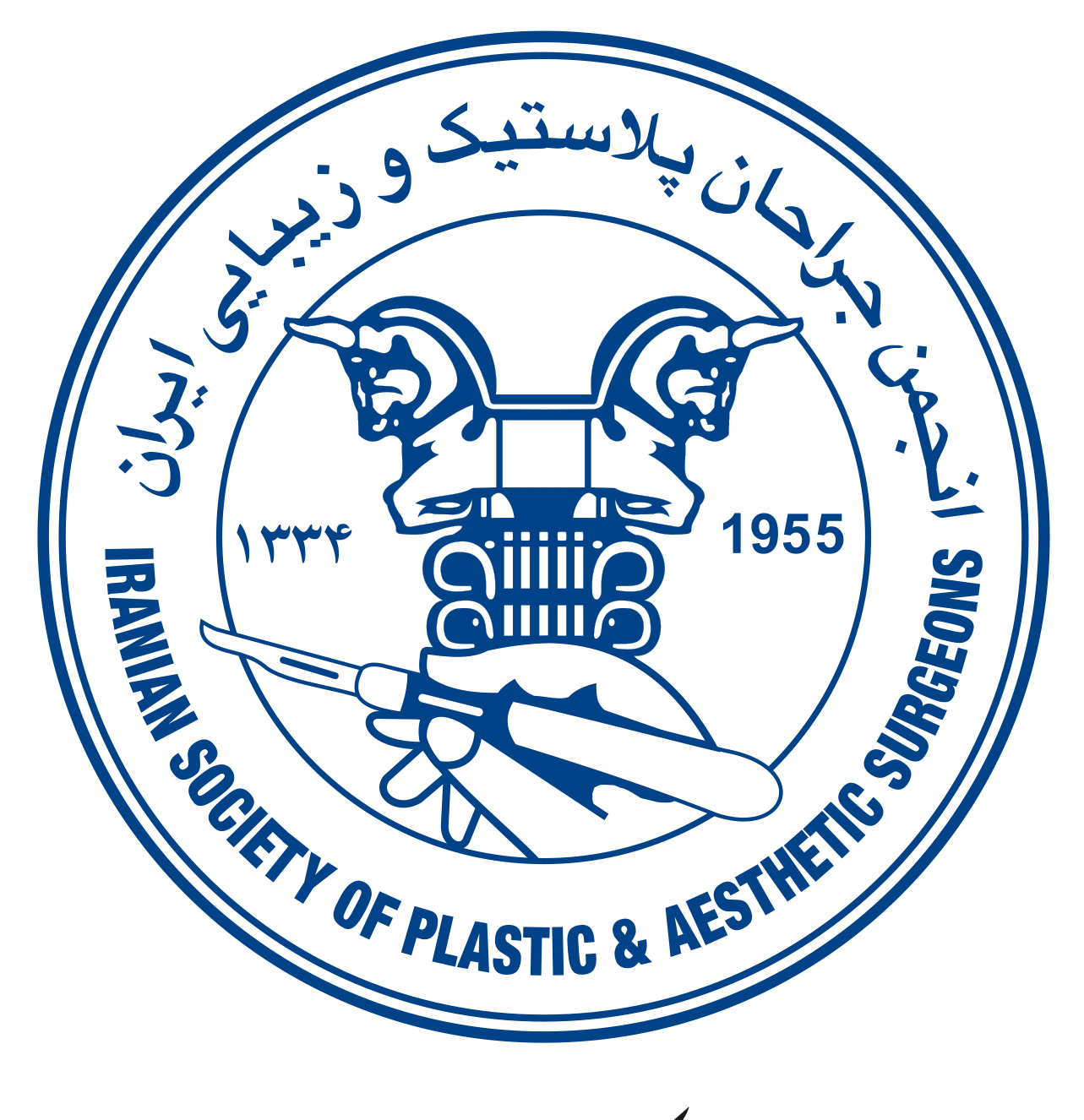
Official member of the Iranian Association of Plastic and Reconstructive Surgeons
FAQs
Is septoplasty performed under anesthesia?
Yes, this procedure is usually performed under general anesthesia.
Who is septoplasty suitable for?
People who, in addition to respiratory problems, are also seeking aesthetic improvement of the nose.
What is the recovery period after septoplasty?
Approximately 3 to 6 months for initial recovery, and up to one year for the final result.
How much does septoplasty cost?
It varies depending on the individual’s condition and the surgeon’s fees.
Are there any scars left after septoplasty?
No, the incisions are usually made inside the nose and are not visible.
What are the complications of septoplasty?
Swelling, bruising, minor bleeding.
